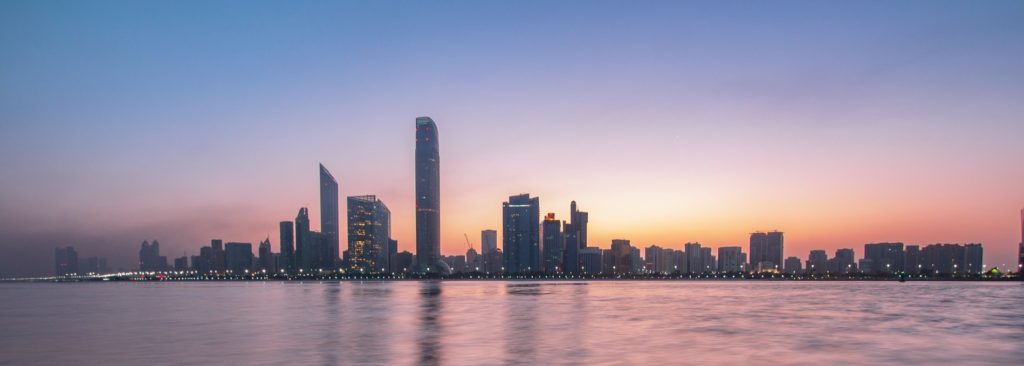Resilience in the
built environment
The Challenge
Over 50% of the world’s population will be living in cities by 2050. Cities attract people with opportunity: employment and access to entertainment, cultural and leisure facilities, restaurants and public transport. However, the potential benefits of urban living can be diminished, and in some cases outweighed, by a wide range of stresses and shocks.
Rapid urbanisation, our changing climate, suburban sprawl and political instability amplify these challenges and society must take action to build resilience into our cities to ensure they thrive in the long term. Each city will face a unique set of challenges depending on its spatial attributes, physical attributes, its population and demographics and how it is organised.
A resilient city will assess, plan and respond to these challenges in order to protect and enhance people’s lives, secure development gains, foster an investible environment and drive positive change.

Our Role
Cities are complex systems-of-systems: built environment and natural environment, social infrastructure and physical infrastructure, culture, politics and economics.
At Urban Change we understand masterplanning, design and construction and how to deliver safe, secure and sustainable development. We work with a wide range of professionals, from city leaders and planners to economists, infrastructure operators and law enforcement officers. Together, we find the right mix of actions to mitigate the shocks and long term stresses that can wipe out development gains. We reduce vulnerabilities and build adaptive capacity at the city, community and building scales.







